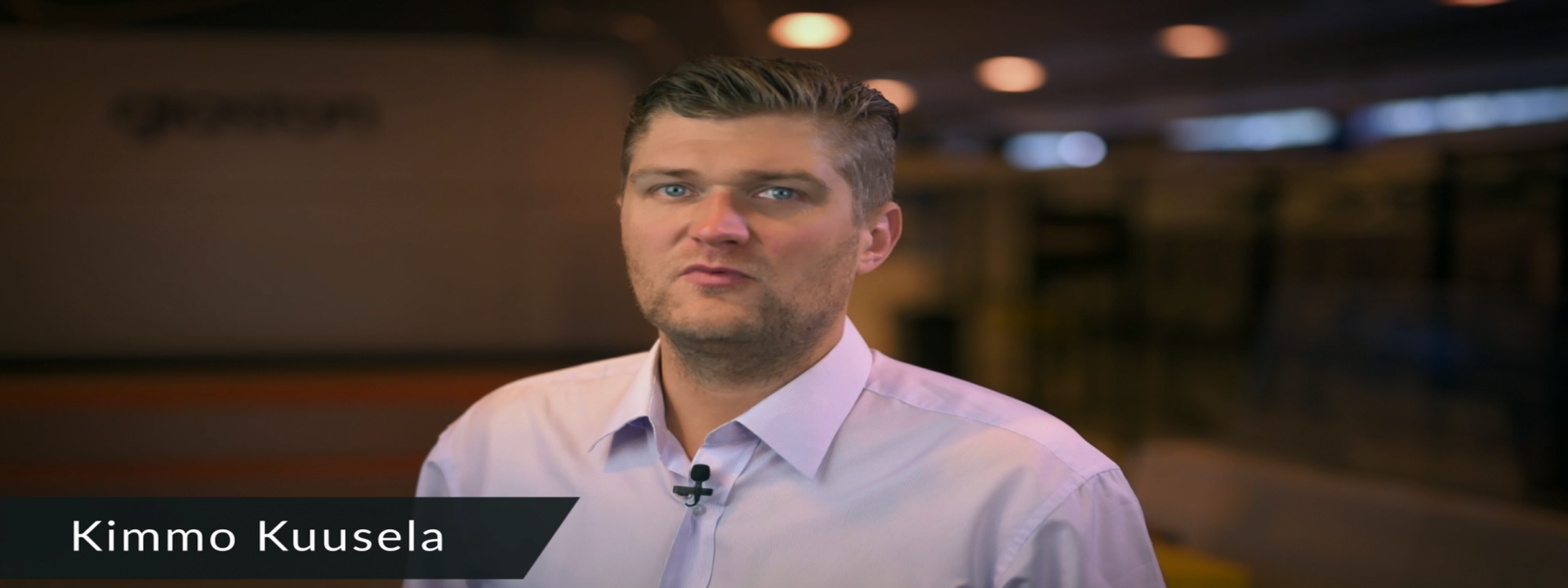
Thank you for your great questions! We will continue to solve the challenges you’re facing in glass processing. This latest #AskGlaston episode will cover two questions devoted to the issues of improving the production of special coated and patterned glass.
Watch our video response here.
How to improve the continuous production of 8 mm Low-E triple-layer silver-coated glass?
Your problem is that the leading edge of the glass gets bent on the unloading table if you have continuous production with a loading delay of 20 seconds. If you wait for some more time and then process the glass, it’s perfect. This happens only with 8 mm triple-layer silver-coated glass. During heating, the glass is extremely straight inside the furnace. When the quenching and cooling starts, the glass bends upwards, like a bi-stable glass. At the end, it returns to an almost straight shape but the leading edge still shows a bend. You’ve tried using 6 mm triple-layer silver-coated glass and the end product looks fine with good quality. So how can you solve the issue also for 8 mm glass?
We advise you to check from the scanner image if the leading and the trailing edges are at the same temperature level. If not, you should do a manual profile to fix the problem.
How to improve the issue of a deep and inconsistent pattern on the glass?
You have two types of patterned glass. The first, and most troublesome, is 4 mm Arctic glass (see picture). This glass has a deep and inconsistent pattern. It always seems to break while moving through the primary quench or during the first 60 seconds while it is in the secondary quench cycle.
The second type of glass is Aquatex, also known as Aqualite. This glass has a much smoother texture, but still causes a lot of trouble that is very similar to the Arctic glass situation.
With this issue, you’re asking some advice in regards to operating your furnace or the preparation of the glass.
This is an excellent and extremely tricky question! This, in fact, would require a visit to see what is actually happening…
Usually, when the glass breaks between 40–50 seconds after the cooling or quenching cycle, it indicates that the glass temperature hasn’t reached 400 °C. The glass raw material might also have too much iron or nickel sulfide, or the glass cutting might have been too harsh.
As a first step, you should check the pre-processing, the quality of the raw material or even increase the quenching pressure to cool the glass down faster.
Für den Glastory-Newsletter anmelden
Wir beantworten Ihre Fragen zur Glasverarbeitung. Teilen Sie uns Ihre Herausforderungen mit und wir versprechen, unser Bestes zu tun, um Ihnen zu helfen.
Comments are closed.